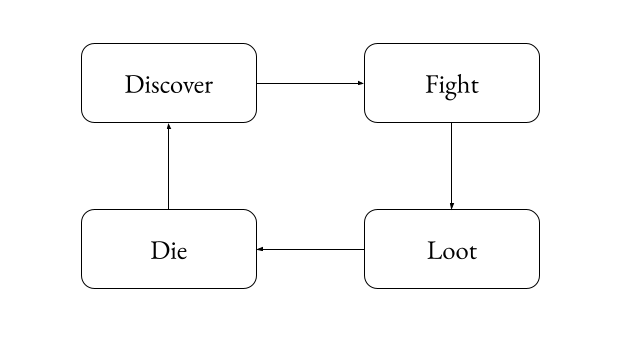Back in the days, balancing levels for a match-3 game worked, more or less, like this:
- you and 2-3 colleagues played like 10 times the same level writing down the number of movements
- at the end you had a spreadsheet containing something like “10% of times with 9”, “20% with 13”, …, “90% with 32”
- According to the difficulty curve, you put that number in. For example, you had an easy level, you wanted 90% of people to beat it, and you put 32 movements.
- the level was out, you received the actual data and made the right fixes integrated with the iteration on the progression curve (to adjust the churn).
Later in the years, this system has evolved with technology. So within the engine, you already had a tool that tracked the gameplay automatically and reported everything in the spreadsheet.
Nowadays, things are more advanced than that. Probably companies that have lots of data are capable, with machine learning, of predicting the curves in real-time while the level designer builds the game. I don’t know it, just speculating.
The same discourse is valid for game engines, if we look at the history of the most successful ones they were born to make concrete games. Today there are solutions to make any game.
What I want to say is that if we’re going to see some evolution in other technologies, for instance, dialogue systems for NPCs, these will come out of actual needs and creativity. It’s hard to design a revolutionary tech for a part of a game without having deep knowledge and a true necessity (apart from building and selling a business) behind it.


